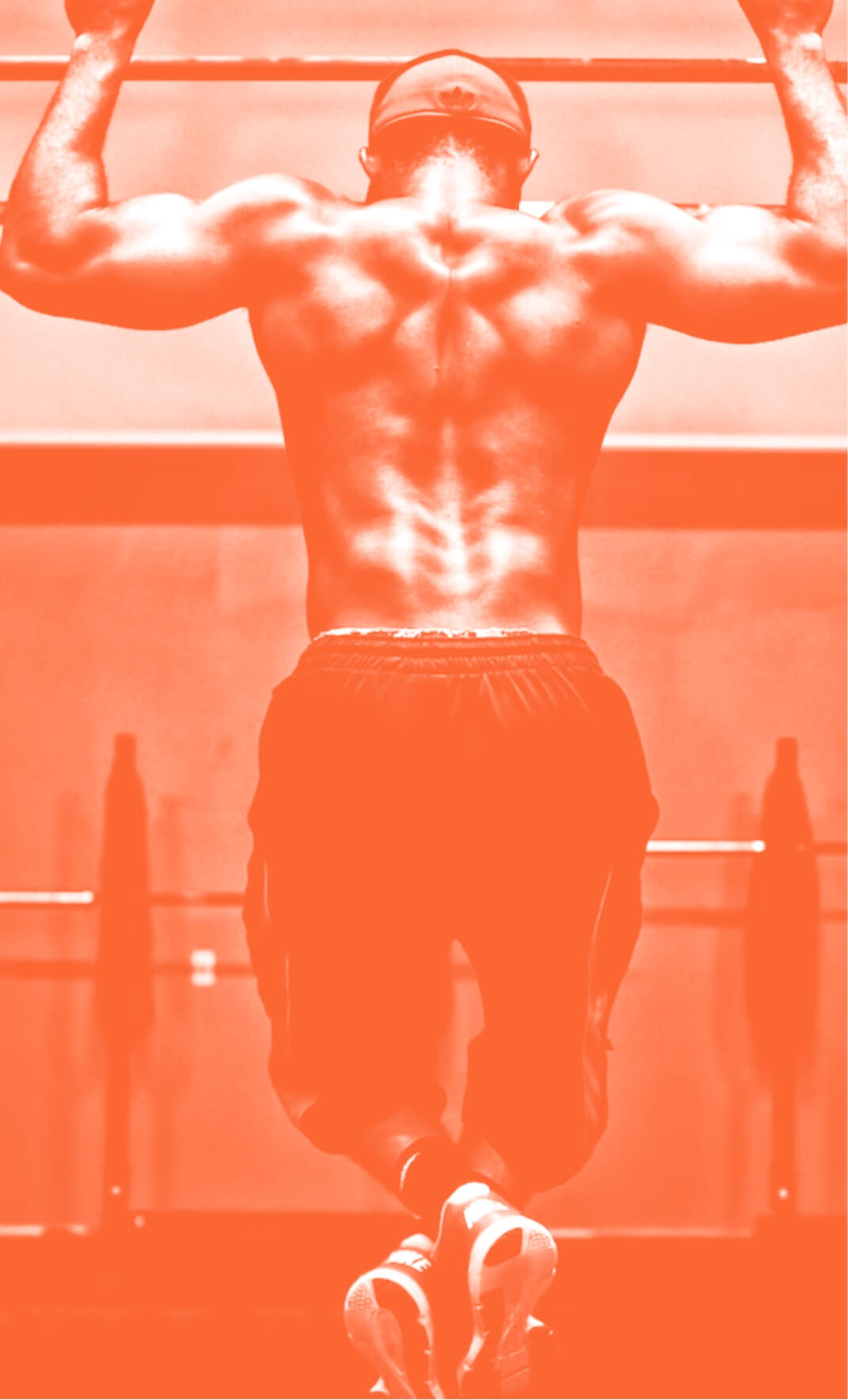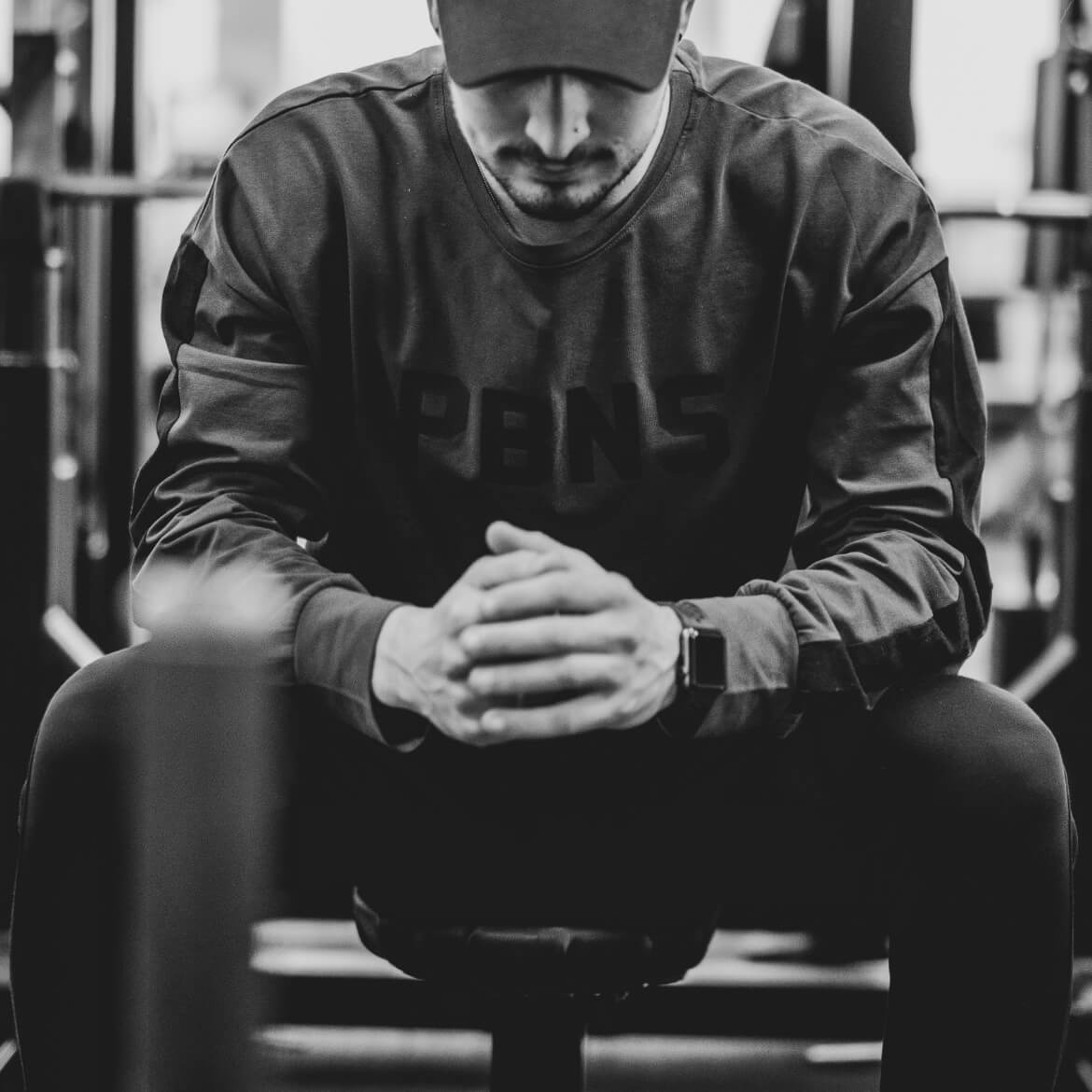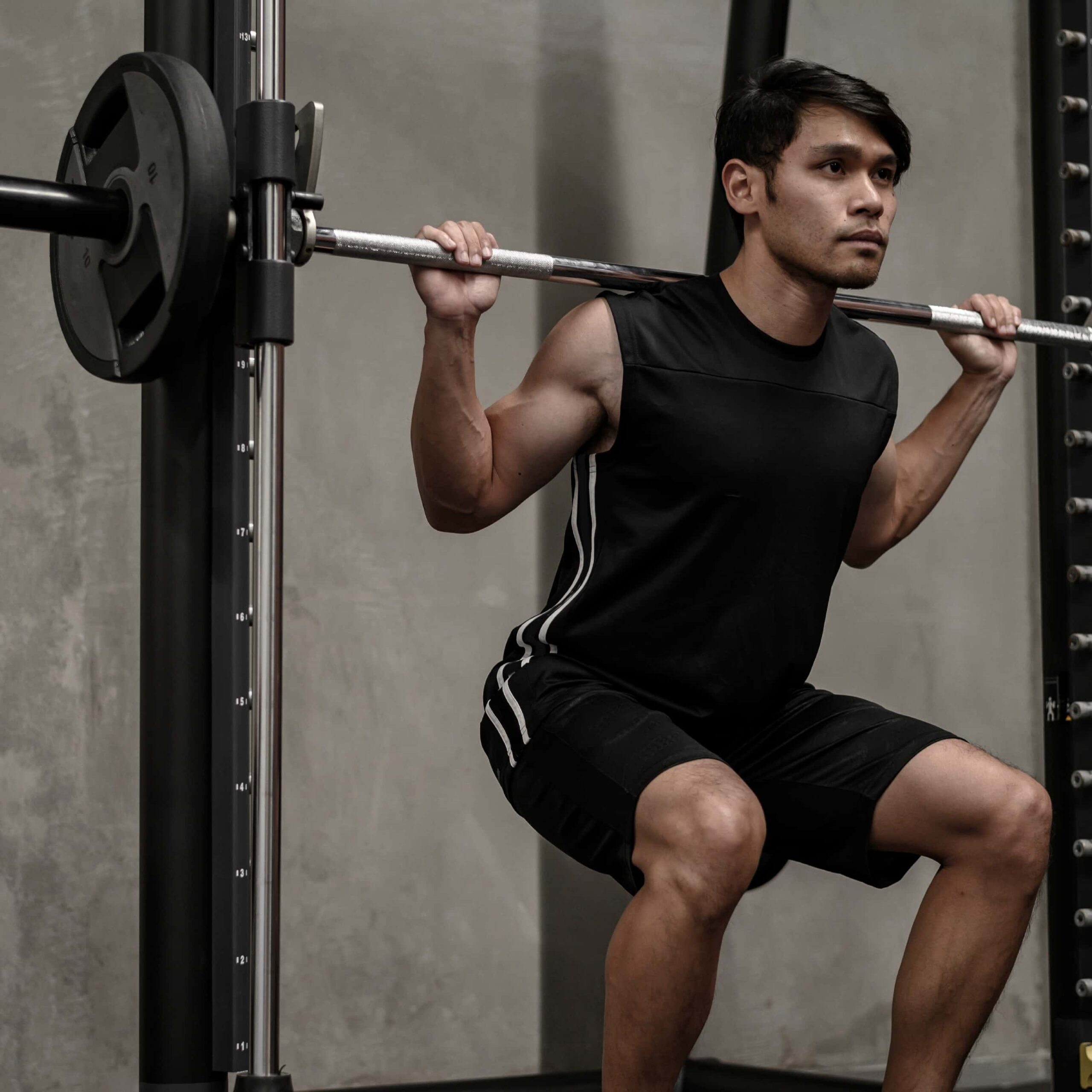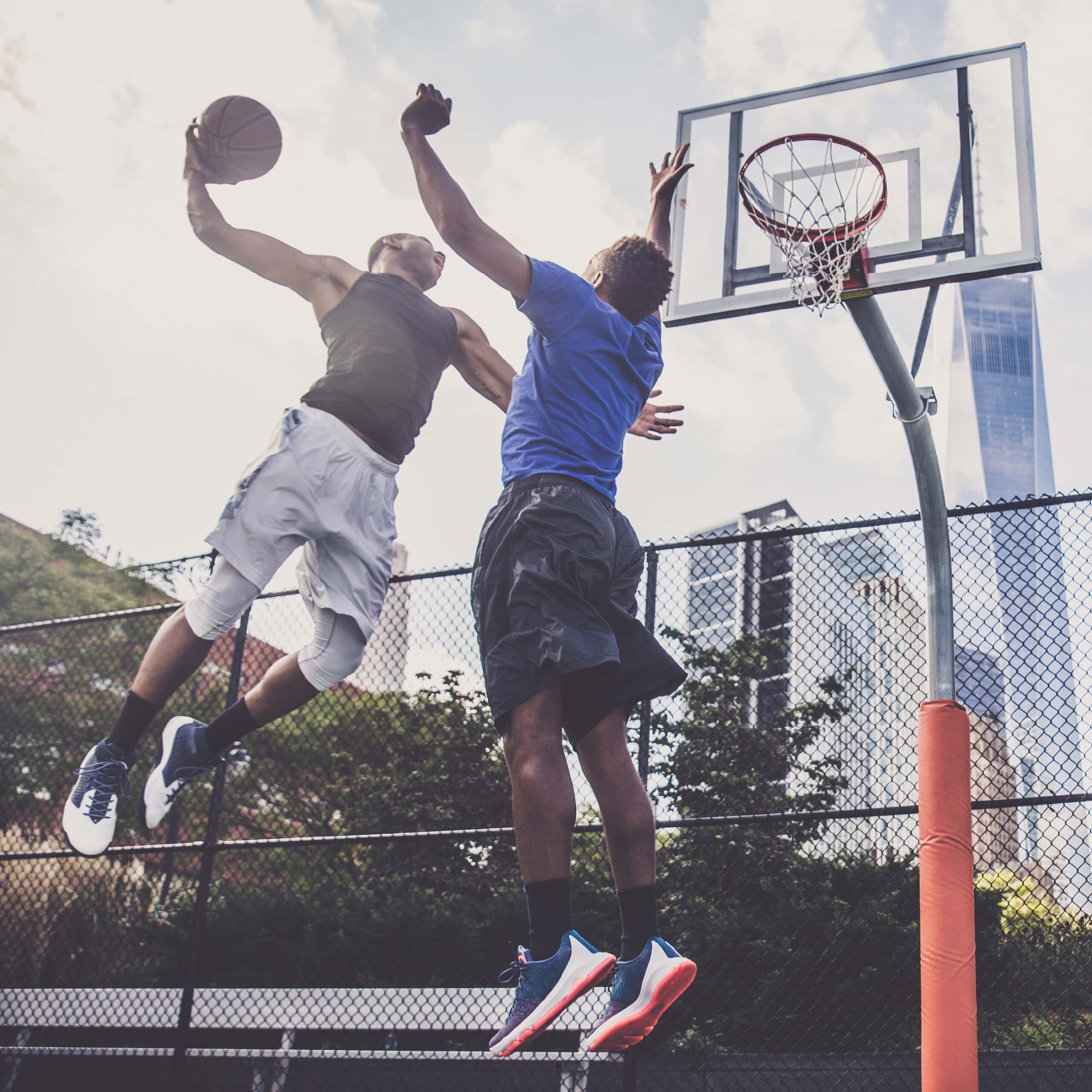Everything You Need to Know About Callisthenics
19th Sep 19
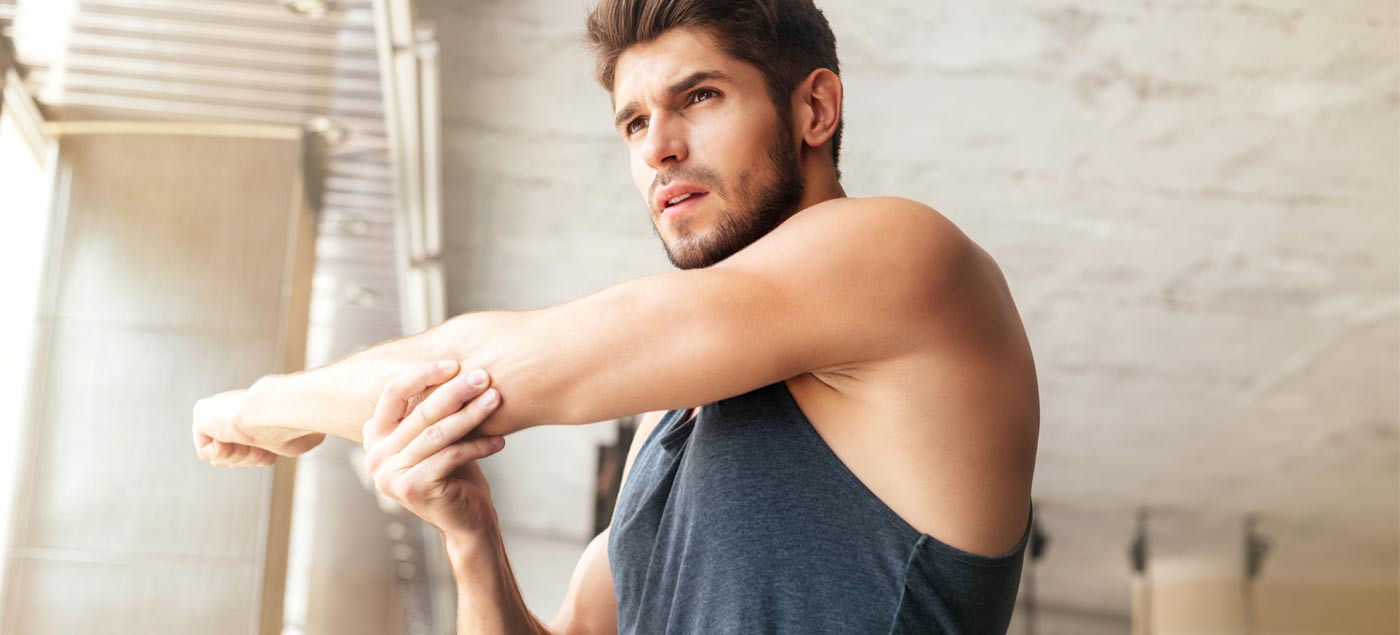
Callisthenics, from a general point of view, is working out and exercising using only the body’s weight rather than adding free weights or machines to create more natural movements.
This means that rather than isolating certain parts of the body but not others, different muscle groups work together to not only actually carry out the repetition but even to balance and stabilise the body as it is doing so, creating an extremely effective workout with far less risk of causing any muscle damage.
Want to move fast? Jump to the right section below.
Exercises
Like with all types of exercises, there are more basic exercises as well as more specific advanced and isolated exercises. That allows you to customise a workout and achieve the results that are right for you. Let’s look at some of the ways you can use it.
Beginners:
Push-Ups

Push-ups are one of the fundamental bodyweight exercises because of their effectiveness and how easy they are to be able to perform safely. Plus, they’re pretty famous too. Going into more depth, however, makes this exercise one of the most versatile there is.
Basic variations, such as changing the position of the arms and hands on the floor, can affect completely different areas of the body too. The biggest changes are between the triceps, the shoulders and primarily the chest. They’re worth noting.
Tricep Dips
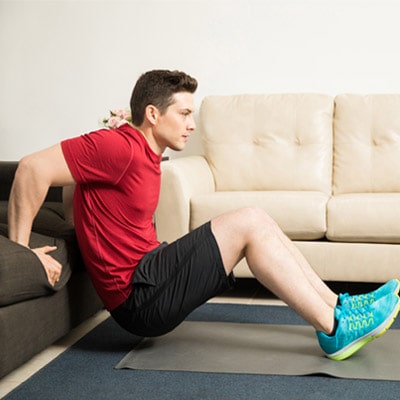
Tricep dips can work wonders for the triceps. This is one of the easier-to-get-wrong exercises, though, again due to the risk of going too deep. Make sure you are cautious and don’t drop further than you should, ensuring your arms reach around a 90-degree angle. If you go lower, you’re looking toward a rotator cuff injury.
Towel Curl
A towel curl is another callisthenic exercise that can be performed at home without real specialist equipment. The general idea is to place a towel under one foot and, with both hands, lift until the leg is at around a 90-degree angle, applying whatever pressure is comfortable. The harder you make it, the harder the biceps have to work.
This can be slightly tricky to balance and may be best performed with a wall behind for support or even lying on a flat surface and will target the biceps exclusively.
Scapula Push-Up
Despite being a push-up, this exercise utilises the middle and upper back muscles. Rather than lowering your torso on the floor and extending back up, bending your arms, only the back and shoulders really move. Imply push your shoulder blades back and forward to lower yourself slightly up and down. It’s hard but useful as an exercise. It’ll even help with your pull-ups!
Superman
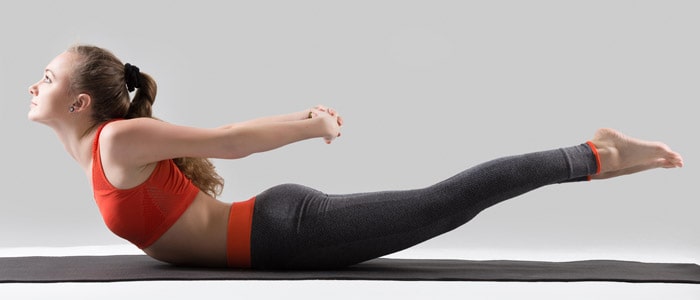
This is a very useful exercise for working the lower back and is, again, very difficult to injure yourself, providing you are warmed up and use the correct form. That’s the case with all exercises as you lie flat and elevate every limb. This makes it very difficult to even overstretch.
Dive Bomber Push-Up

When it comes to shoulder or deltoid exercises, this is one of the better callisthenics. Although the technique for this push-up is difficult, it is a very well-rounded shoulder exercise that involves, as named, a dive motion where the torso goes toward the floor before arching back to a horizontal type position. However, this can be risky in terms of the technique due to the possibility of losing balance during the arching motion.
Crunches

Again, crunches have a huge range of variations when it comes to working the abdominal muscles. This variation is essential when ensuring the entire abdominal muscle group is targeted too. It’s very difficult to get wrong; however, with too much momentum, this exercise might lose its effectiveness. It’s still a great upper ab exercise to add to the list.
Squats

Squats are a very common exercise and are extremely effective in what they do. Huge weights aren’t always essential, either! A simple bodyweight squat is a good exercise when looking to work much of the leg muscle around the glutes, hamstrings and quads, and removes much of the risk that it poses when adding massive amounts of weight to it, including posing less threat to the knees.
Calf Raises

Calf raises are essentially stepping onto your tiptoes before going back to a resting position with a second or two to hold the contraction and to ensure the workout is performed correctly and efficiently. There isn’t much more to say!
Advanced:
Clap Push-Up

The clap push-up is a power-orientated push-up variation, incorporating a much stronger and more forceful contraction. By pushing the body off the floor where the hands are clapped together before essentially catching yourself, you’re changing the game. It’s a prime example of plyometric exercise.
This is slightly more dangerous than some other exercises in the sense that you may well not be able to catch yourself fast enough, and you may hit the floor, so ensure caution is carried out. It’s definitely worth considering a mat.
Diamond Push-Up

The right push-up variation can even tailor whether the focus is put onto the chest, the arms or the shoulders, meaning there are a lot of differences! For this advanced workout, we would suggest putting the hands together to form the diamond push-up. That makes it a tricep exercise predominantly. Adding different heights for your legs also has a big impact. Keep that in mind.
Chin-Up
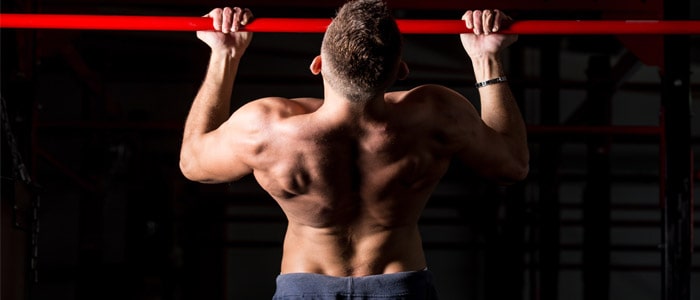
The chin-up is an exercise that requires a bar or some object sturdy enough to support the entirety of body weight. It’s one of the best bicep exercises you can do, so it’s a good one to perfect. The basis is similar to a pull-up but with a closer and reversed grip and focuses primarily on the biceps rather than the back, giving huge results.
Pull-Ups
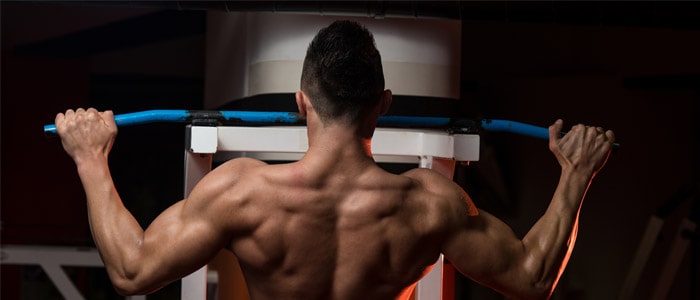
By far and away, the best exercise for the upper back in callisthenics is the pull-up. These take a tremendous amount of effort, so be careful not to cause damage. (There are ways to build up to them too). The back is particularly hard to train in callisthenics. However, other variations of the pull-up can be explored to really maximise back muscle efforts. It’s also worth taking the time to nail your technique here. There’s a lot to learn about pull-ups.
Hyperextension

Hyperextensions are an excellent lower back exercise. They do need a bench to be able to get the right angle, but they’re awesome. As you contract the muscles in your lower back, you are lifting yourself upright and holding the pose. It isn’t easy, and it’s vital to ensure you’re ready before trying it. Lower back exercises can be dangerous if you don’t warm up properly or you run before you can walk.
Handstand Shoulder Press

The handstand shoulder press is an excellent way to target your shoulders/deltoids as well as triceps and neck muscles. This is, however, an extremely difficult exercise to perform because of the balance required to do so. A spotter can be incorporated to ensure you don’t fall and cause an injury if you need it. This exercise does also mean that the shoulders are more protected due to the impossibility of going lower than the floor, though, which is a plus.
Bicycle Crunches

Bicycle crunches are very similar to normal crunches, but with the addition of your legs being lifted as each elbow is brought to the opposite knee. This allows not only the upper but also lower and mid abdominal muscles to feel the benefit of this exercise. With that being said, it’s also a lot more difficult.
One Legged Squat
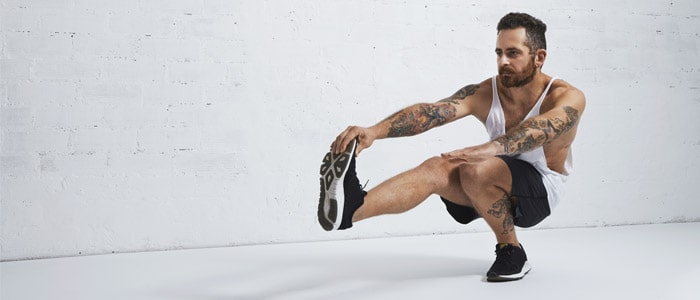
This is essentially what it says on the tin. The principle is exactly the same as the bodyweight squat. However, one leg is raised in order to put the entire focus on one leg. This, of course, makes the weight heavier on that leg and can be repeated on the other side, making the exercise more difficult but more beneficial as well. It does take a good level of balance too!
One-Legged Calf Raises
Finally, we have the one-legged calf raise variation. Again, this principle is the same, but with only one leg. This might make it more difficult to balance, posing a slight danger; however, the effect will be much greater with the probability of better results. It’s worth trying once you find the prior calf raises too easy for you.
Risks & Issues
So we know that callisthenics are all bodyweight focussed, but that doesn’t mean that every single aspect of callisthenics is risk-free or even better exercise in comparison to using the equipment. Although the movements don’t use excess weights, they can still have issues. Callisthenics can pose certain threats of their own as well as having their own negative aspects in certain situations. Here are some things you need to remember.
Over Working
One of these dangers, for example, is damage that can come from pushing yourself too hard, too fast and potentially. Pulling muscles or damaging ligaments in specific exercises such as pull-ups, for example. This doesn’t even stop here in terms of short-term potential injury, either. Treat it the same as you would weight training.
Movements
It is very easy not to know where to stop when performing these exercises, often leading to poor form coming into play at some point or another. Some exercises, like the tricep dip, for example, tend to make people try and reach the lowest possible point for what they believe to be the best contraction.
In reality, it is simply causing unnatural movement in the arms and shoulders and causing unnecessary stress on the joints in the shoulder. This leads to damage to the rotator cuff, if not worse, and potentially causes permanent damage where it is so easy to avoid.
Form
This surpasses just the injuries that come from short-term activities as well. Longer-term damage can occur if the form/technique is incorrect during exercises. The damage that this can cause can range from minor to major. These injuries tend to form over a longer period of time through general wear and tear of joints and muscles; however, even with proper form, injuries can occur again in any exercise. Do the work to make sure you’re doing it right.
Repetition
Performing the same exercises in the same routine again and again routinely for months to years can cause injuries, even when performed perfectly. This is usually due to repetitive strain injuries and how it forms. That’s why it is essential to change workouts regularly. Plus, that boosts progress anyway.
Slow Progress
The exercises that are involved in callisthenics are a lot like they are in weight training, but there’s one big difference. Using excess weights is a big way to overload and thus build muscle. Without this excess weight, the overload isn’t always as great (it is sometimes greater). The thing to remember, though, is that you’re using a lot more muscles to stabilise and balance yourself too. That’s invaluable in itself and helps build functional strength. Don’t be put off.
Tracking Results
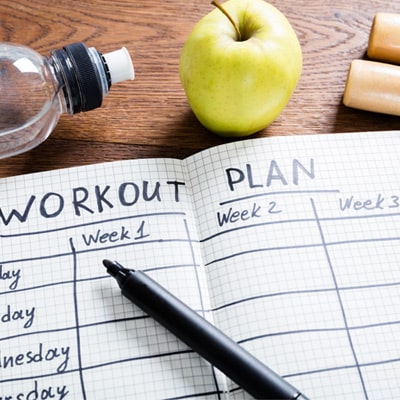
The removal of weights from a workout can also lead to other issues, such as difficulty in tracking tangible progress. When you’re lifting weights, you can see how much stronger you are. That isn’t always the case with callisthenics. This can sometimes result in overtraining. It also takes away the option of set variations like knowing the one rep maximum or even just being able to perform activities like drop sets unless failure is the only goal. Get creative.
Restrictions
Another significant downside to callisthenics is also the difficulty of training some muscle groups without weights added. Legs, specifically, can prove extremely difficult to train because they are used to handling the entire weight of your body pretty much all the time. They are huge already because of this, and finding a way to increase that weight is hard.
Safe When Correct
Overall, callisthenics are usually cheap and convenient and place a lot less of a strain on your joints. There are still dangers, however, such as poor form, so it falls into the field of preference and comfort for many exercises. If the right combination is found between weight training and callisthenics, it can be extremely effective for almost all fitness goals.
Suppose you are wanting to try callisthenics for yourself. In that case, there’s a huge variety of available exercises and workouts that can be done from the comfort of your own home, working almost any desired muscle group in multiple ways. This can range from even using them as a warm-up to a full workout if performed correctly.
What to Take Away
Callisthenics can be safe and amazingly effective if you put in the work and master the technique. It can protect you from the potential damage that can be caused by weight training, and there are hundreds of resources online to help you make sure you’re doing it right.
Equipment can even be incorporated into callisthenics, such as resistance bands and other bodyweight and resistance-based training accessories, as well as activities like boxing and adding cardio can keep you fit and healthy. Ask a trainer and a health or fitness professional for more advice.

Before beginning any exercise or nutrition program, consult your physician, doctor or other professional. This is especially important for individuals over the age of 35 or persons with pre-existing health problems. Exercise.co.uk assumes no responsibility for personal injury or property damage sustained using our advice.
If you experience dizziness, nausea, chest pain, or any other abnormal symptoms, stop the workout at once and consult a physician or doctor immediately

